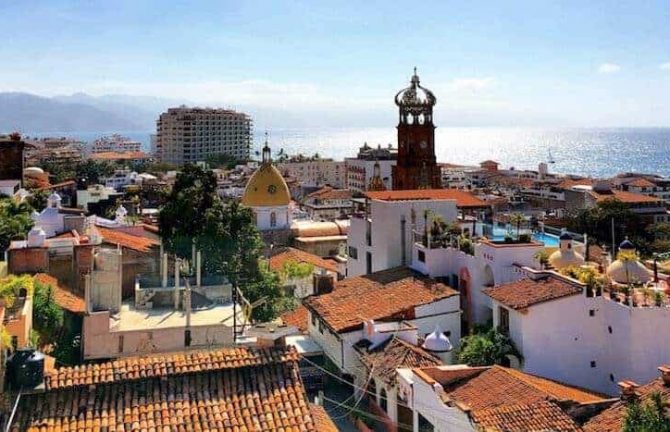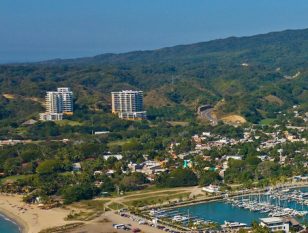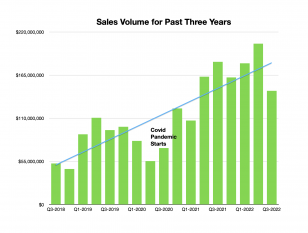by John Youden - August 31, 2020

Another post about immigration and the “wall", but for good reason – the issue is a strong concern in Mexico, and reflects on the relationship between Mexicans and Americans on both sides of the border.
The conclusion of a recent study, by three economists at the University of San Diego, and recently written up in the New Yorker, was that if there was ever any need for a wall between the U.S. and Mexico it should have been built more than a decade ago, because today there simply is no longer a strong influx of people trying to enter the United States. There once was a problem and if built back then it certainly would have deterred people from entering the country illegally.
The economists, Hanson, Liu and McIntosh, write in the study, “The current debate about U.S. immigration policy—with its discussion of walls at the border and mass deportations of undocumented residents—thus has something of an anachronistic feel to it. The dilemma facing the United States is not so much how to arrest massive increases in the supply of foreign labor, but rather how to prepare for a lower-immigration future.”
The truth is that the number of undocumented entering the U.S. is falling, and there are actually more Mexicans leaving the U.S. than coming in.
But that’s today. If economic circumstances changed, such as a crises in Mexico or a high demand for low-skilled workers in the U.S., illegal immigration could become a problem once again.
Well, circumstances in Mexico have changed, but that work against this probability. First, in the 1960s Mexican women had, on average, almost seven children each. Today that figure is just over two - about the same as in the U.S. This means fewer young people looking for work today and the foreseeable future.
Secondly, between 2000 and 2010 the number of federal agents policing the U.S.-Mexico border rose from 8,600 to more than 17,000. As well, hundreds of miles of fencing have been erected, and border agents have also been equipped with high-tech equipment, such as surveillance drones and movement sensors.
The question to be asked is whether the wall passes the cost-benefit test. Does it justify the expense, which has been quoted as potentially being as much as $20 billion. With close to 20k border patrol officers already on the ground and 650 miles of border barriers already in place, it seems that the extra deterrence effect of the wall would be low while its cost would be enormous. And what about the moral or ethical cost - does the world really need another wall? And what would such a wall mean for economic and social relations between the two countries?
The study concludes, “in effect the United States already has a wall in place, with hundreds of miles of new fencing, the rollout of technologically sophisticated border surveillance, a near quintupling of Border Patrol agents since the early 1990s, and the criminalization of illegal border crossings since the late 2000s.”
Similar posts


